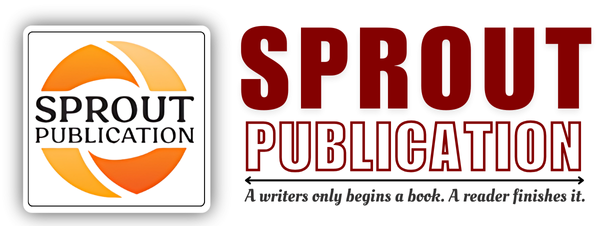Chapter 10: Stability Testing of Phytopharmaceuticals-II
Chapter 10: Stability Testing of Phytopharmaceuticals-II
Author: Dr. Gopal Garg
Volume: 01
First Online: 31 August 2024
Pages: 192-212
DOI:
Abstract
Stability testing of phytopharmaceuticals is a multi-faceted process that involves detailed analytical techniques and an understanding of the inherent complexity of plant-based products. One crucial method used in the stability testing of phytopharmaceuticals is High-Performance Liquid Chromatography (HPLC) fingerprinting. This technique allows for the separation, identification, and quantification of the various compounds present in a phytopharmaceutical. By comparing the chromatographic profiles of the product at different time points and under different storage conditions, it is possible to detect any changes in the phytochemical composition that may indicate degradation or instability. HPLC fingerprinting provides a detailed chemical profile of the product, ensuring that the active ingredients remain within their specified limits throughout the shelf life of the product. Interactions are another critical aspect of stability testing for phytopharmaceuticals. The interactions between different components of the phytopharmaceutical, such as active ingredients, excipients, and packaging materials, can significantly impact stability. For example, interactions between plant-derived compounds and packaging materials might lead to the leaching of substances or alterations in the chemical stability of the product. Evaluating these interactions involves assessing how different environmental conditions, such as temperature, humidity, and light, influence the stability and efficacy of the product. The complexity of stability testing for phytopharmaceuticals arises from the diverse and often poorly understood chemical composition of plant materials. Unlike synthetic drugs, which have well-defined chemical structures, phytopharmaceuticals contain a broad range of compounds with varying chemical properties. This complexity necessitates a thorough approach to stability testing, incorporating both qualitative and quantitative methods to Chapter 10: Stability Testing of Phytopharmaceuticals-II 193 monitor changes in the product over time. Additionally, stability testing must account for the potential impact of natural variability in plant materials, which can affect the consistency and reliability of the phytopharmaceutical.
Keywords: Stability testing, Phytopharmaceuticals, Analytical techniques, HPLC fingerprinting, Chromatographic profiles, Phytochemical composition

